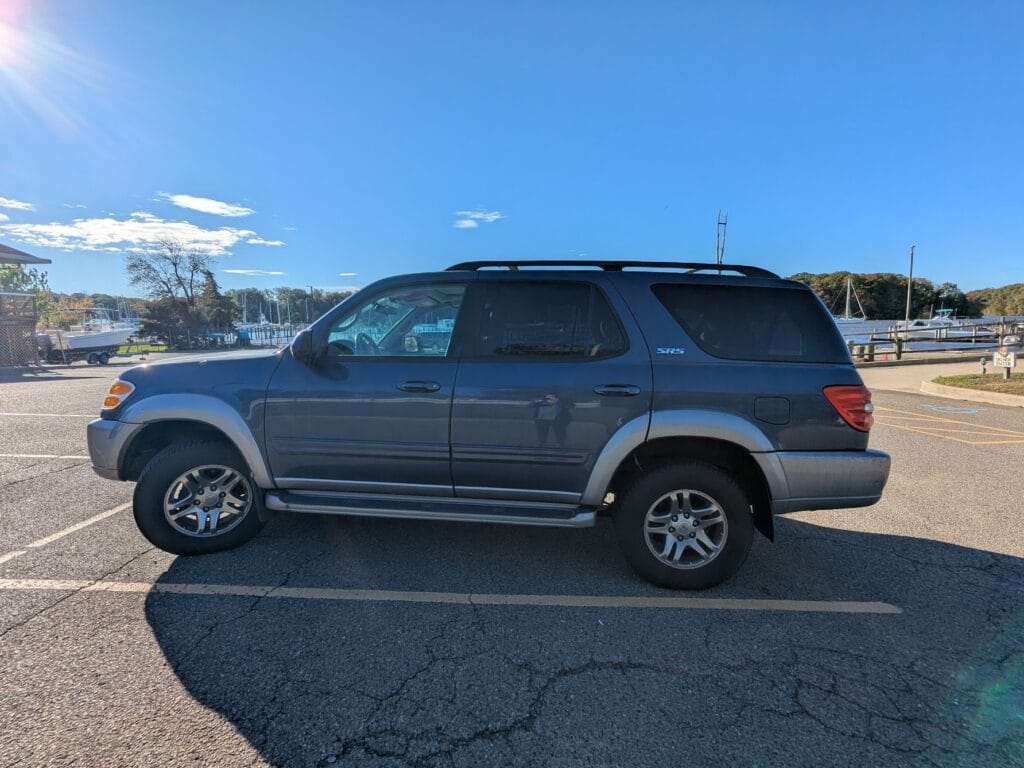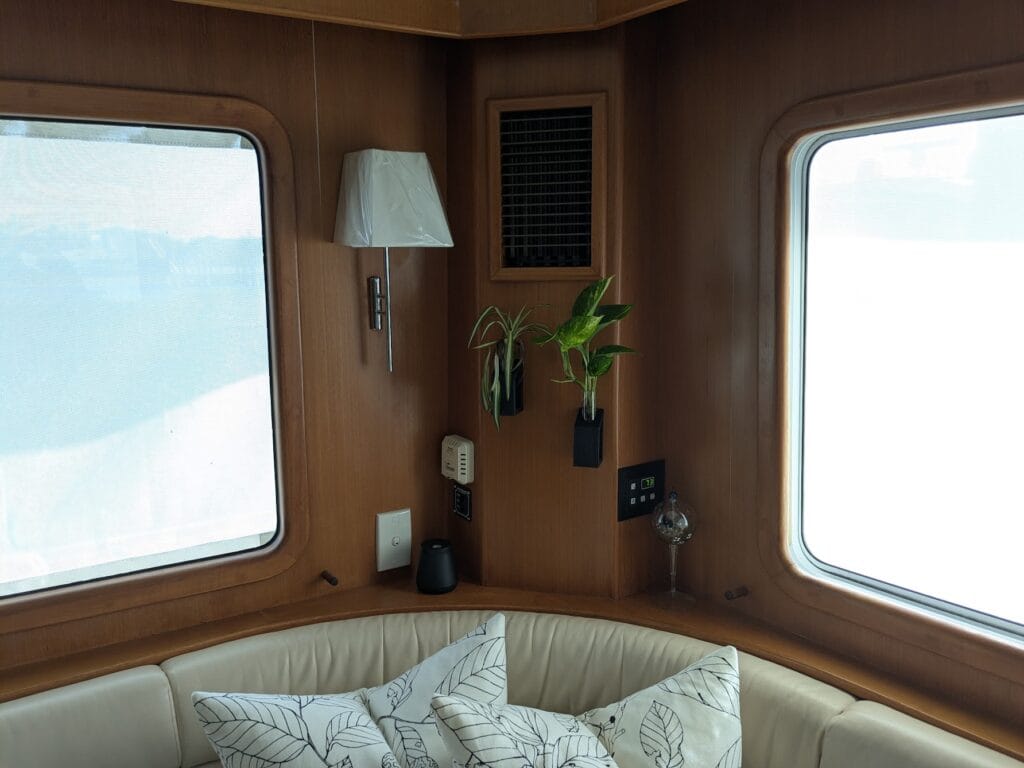We have been very fortunate to have visited most of the Caribbean Islands and look forward to returning onboard M/V Soul Mates.
The Caribbean consists of the Caribbean Sea, islands and the surrounding coasts in the Americas region. Regionally comprising southeast the Gulf of Mexico and the North American mainland, east of Central America, and north of South America.
Not in the Caribbean but, thought to be amongst many travelers is Bermuda, The Bahamas, Turks & Caicos. Bermuda, located in the North Atlantic area, consists of isolated islands. A chain of islands and coral reefs Turks & Caicos is located Southeast of Florida and north of Cuba in the Atlantic Ocean.
Greater Antilles
A grouping of the larger islands in the Caribbean Sea.
Cuba
Known for art, beaches, bicycling, birdwatching, boating, cabarets, caving, classic automobiles, colonial architecture, culture, fishing, golf, history, horseback riding, lakes, mountain ranges, museums, music, nightlife, rain forests, rivers, sailing, scuba diving, snorkeling and water sports.
- Souvenirs to Buy: Art, cigars, embroidered clothing, lace tablecloths, perfume and rum.
- Local Cuisine to Try: Arroz con Pollo (Rice and chicken). Bistec de Palomilla (marinated beef). Boliche (pot roast). Cuban Sandwich. Medianoche (sandwich). Moros y Cristianos (rice and beans). Ropa Vieja (shredded flank steak).
- Local Drink to Try: Cortadito (espresso). El Presidente (cocktail). Hatuey Beer. Ironbeer (soft drink). Jupina (pineapple soda).
By the Way
- Not an inexpensive country to visit.
- Medical and healthcare facilities do not meet our standards.
- Many resort facilities are isolated.
- Beach riptides can be dangerous.
- Their Baseball Season is October-March.
- City air pollution is an issue.
- Traveler’s Checks, U.S. Bank Credit or Debit cards are not accepted.
- Internet access is controlled and limited, emails are closely monitored.
- Drink bottled water.
- Foreign Students are required to test for AIDS/HIV prior to entry.
- SIM cards are not purchasable at the airport.
- Export Permit is required on paintings and sculptures.
- Requires visitors to have medical insurance.
- Avoid demonstrations/protests.
- Chikungunya, Dengue Fever, Hepatitis A, Rabies, Typhoid and Zika Virus are present.
- Visitors are restricted to select hotels and operators.
- Daily activities must be documented and accounted for.
- Hurricane Season is June – November, their impact usually between September – October.
At Glance
- Best Time to Visit: November – April
- Coldest Months: January – February
- Hottest Months: July – August
- Peak Season: December – March
Cayman Islands
Ideal island destination for the luxury traveler seeking a beach lovers, deep-sea fishing, diving, duty-free shopping (George Town), fine dining, glass-bottom boat tours, golf, horseback riding, low crime rate, friendly English-Speaking islanders, marine life, seclusion, snorkeling, sport fishing, and water sports.
As the “Underwater Capital of the Caribbean”, undoubtedly a premier diving destination! Underwater weddings, couples must have a proper Ceremony above water to make it legal.
- Souvenirs to Buy: Caymanite, collector coins, crochet goods, jewelry, paintings, pepper sauces, rum, sculptures, semi precious stones, sketches, and wood carvings.
- Local Cuisine to Try: Turtle Stew (delicacy).
- Local Drink to Try: Buca Kiss (cocktail). Caybrew (beer). Cayman Lemonade. Jager Bomb (cocktail). Macabuca Punch. Mudslide (cocktail). White Tip Larger (beer).
By the Way
- A premier diving destination with 160 unique dive sites!
- Read Caribbean, written by James Michener 1989.
- Boasts a high standard of living, service, and amenities.
- Car Rental Drivers must be 21 and need a temporary Driver’s License.
- Choose a weekday to best enjoy a golf non-crowded course.
- Cayman Carnival Batabano is a salute to Cayman’s Turtling Heritage. Parades with music and dance for the Batabano tracks left in the sand by turtles dragging themselves onto the beach to nest.
- The island restricts the number of passengers visits per day.
- The famous Seven Mile Beach sustaining significant hurricane damage is currently only 6 miles long, now.
- Prevalent Diseases: Chikungunya, Dengue Fever and Zika Virus.
- Little criminal activity.
- Traffic moves on left hand side of the road.
- Captain’s Table (Cayman Brac) is a popular restaurant.
- The Turtle Farm is the world’s only commercial green sea-turtle farm, housing more than 16,000 endangered sea turtles.
- Alexander Hotel (Cayman Brac) and Brac Reef Beach Resort (Cayman Brac) known for their outdoor bars.
- Legal drinking age is 18.
- Avoid open containers of alcohol in your car or any public area that isn’t zoned for alcohol consumption.
- Halloween is a very popular event.
- There’s been many rumors that a Pirate Treasure is buried in the caves on Cayman Brac.
- The USA, Canada, and the UK have signed the Convention on International Trade in Endangered Species, therefore it is illegal to buy turtle products and import them.
At Glance
- Coolest Season: November – April
- Humid & Hottest: July – September
- Peak Season: December – April
- Shoulder Season: May – October
Hispaniola
Hispaniola includes the Dominican Republic and Haiti.
Dominican Republic
Best known for their baseball games, beautiful beaches, casinos, caves, cigars, colonial architecture, Columbian art, golf courses, historical sites, kiteboarding, latin nightlife, merengue dancing, mountain scenery, national parks, natural beauty, reef and wreck diving, windsurfing and warm tropical waters.
- Souvenirs to Buy: Amber, art, carnival masks, ceramics, cigars, coffee, larimar jewelry, perfume, soapstone carvings, straw goods, and wood carvings.
- Local Cuisine to Try: Aguají (soup). Almibar de Frutas (dessert). Bandera Dominicana (national). Bizcocho Dominicano (cake). Casabe (flatbread). Chimichurris (burger top). Habichuelas con Dulce (bean dessert). Lambi (conch). Mangu (plantain dish). Mero (grouper). Pan de Coco (coconut bread). Pastelón (casserole). Pescado con Coco (fish dish).
- Local Drink to Try: Mama Juana (cocktail).
By the Way
- The most tranquil beaches are along the southern coast of the island.
- Not all resorts accept credit cards.
- Celebration & Events: Carnival (Late February-Early March) and Merengue Festival (Late July – Early August).
- You may wish to read: In the Time of the Butterflies (written by Julia Alvarez 1995) and Feast of the Goat (written by Mario Vargas Llosa).
- Movies that may inspire you to visit: In the Time of Butterflies (2001) and Road to the Big Leagues (2008).
- Many travelers consider Dominican Republic cigars to be the best in the world, surpassing even the Cuban cigars.
- Blackouts are frequent, known to last up to 14 hours or more. Most hotels and restaurants have generators.
- Hurricane Season is June – November, their impact usually occurs between August – October.
At Glance
- Coolest Season: November – January
- Humid & Hottest: June – August
- Peak Season: December – April
- Rainy Season: November – January & May – November
- Shoulder Season: May – November
Haiti
Appeals to the adventurous traveler with interest in a developing country known for their African influenced dance, beaches, casinos, fine arts, folk paintings, historic sites, nightclubs, rugged landscape, shopping, voodoo culture and water sports.
- Souvenirs to Buy: Copper jewelry, hand embroidered clothing, mahogany carvings, music, oil paintings, wrought iron sculpture, and voodoo goods.
- Local Cuisine to Try: Achards (pickled vegetables). Bouillon (soup). Djondjons (rice dish). Grillot Cochon Avec Banane Pesee (pork chop dish). Griyo (fried pork). Pâté Haïtien (snack). Pois du Riz Coles (rice dish). Poul Lakay (spicy chicken). Soupe au Jiroumon (pumpkin soup). Taso (grilled goat).
- Local Drink to Try: Akasan (soft drink). Clairin (spirit). Cola Couronne (soft drink). Cola Lacaye (soft drink). Prestige (beer). Rhum Barbancourt (rum).
By the way
- Political upheavals and natural disasters have kept them off of Tourism mainstream.
- Tropical storms with floods and mudslides have killed many locals.
- Literacy levels are low, around 50%.
- The best beaches are on the South Coast along the Southern Peninsula and North Coast. Otherwise, dark volcanic sand.
- To inspire you, read Lydia Bailey (1947) and The Comedians (1966).
- A movie that may inspire you The Comedians (1967).
- Prone to beggars, frequent delays, poor roads and power outages.
- Doux doux (pronounced doo-doo) means Sweetheart in Creole.
- Don’t expect world-class snorkeling and scuba diving, as the country’s reefs have been devastated by overfishing.
- Iron Market (Port-au-Prince) offers a wide selection of local goods.
- Hurricane Season is June – November, Haitis impact usually around August – October.
At Glance
- Coolest Season: December
- Humid & Hottest: August
- Peak Season: November – March
- Shoulder Season: April – June
Jamaica
Offers miles of coastline white sand beaches, caves, hiking, horseback riding, mountains, river rafting, scuba diving, reggae and snorkeling. Rich in history, stunning landscapes and influential culture.
Well known for all-inclusive resorts, honeymoon and wedding destinations.
- Souvenirs to Buy: Art, coffee, embroidery goods, fabrics, gemstone jewelry, leather goods, mahogany goods, musical instruments, reggae music, rum, shells, spices, and woven straw baskets.
- Local Cuisine to Try: Bammy (flatbread). Bulla Cake (molasses cake). Callaloo (vegetable dish). Escoveitch (fish). Gungo (soup). Janga (soup). Jerk Spiced Meats.
- Local Drink to Try: Pimento dram (liqueur). Tia Maria (liqueur). Real Rock (beer). Red Stripe (beer). Sangster’s (rum cream). Tia Maria (liqueur). Ting (soft drink).
By the Way
- Annual Events: Accompong Maroon Festival, Air Jamaica Jazz & Blues Festival (January), Carnival, Celebrating Bob Marley Festival (February), Ocho Rios Jazz Festival (June) and Reggae SumFest (August).
- “Sleeping Policemen” are referred to by locals but best known to travelers as speed bumps.
- Unless you’re a member of the military, do not wear camouflage clothing; it’s illegal!
- Given their manta “no problem, mon” do be mindful you’re on island time.
- Avoid walking or driving at night.
- Tourism industry is unevenly regulated and inspections do not commonly occur.
- Avoid public buses.
- Strictly forbids importing or possessing firearms.
- Carrying knives, mace, and/or pepper spray without authorization will lead to arrest.
- Homosexuality is forbidden and punishable of up to 10 years in prison.
- Medical care is limited and does not meet our Western standards.
- EpiPens are not available anywhere on the island.
- Prevalent Diseases: Dengue & AIDS/HIV.
- Seat belts are mandatory.
At Glance
- Coolest Season: January
- Humid & Hottest: June
- Peak Season: Mid December – Mid April
- Rainy Season: May – June and September – November
- Shoulder Season: Early November – December & Mid April
Puerto Rico
Known for beautiful beaches, casino gambling, caves, culture deep-sea fishing, golf, hiking, history, horseback riding, horse racing, mountains, nightlife, rain forests, scuba diving, shopping, snorkeling, tennis, water-sports and world class surfing.
- Souvenirs to Buy: Baskets, cigars, embroidered goods, hammocks, jewelry, masks, paintings, religious goods, rum, and wood products.
- Local Cuisine to Try: Bacalaitos (cod fritters). Chillo (red snapper). Empanadillas (filled turnovers). Lechon Asado (roast pig). Pasteles (traditional). Pescado Frito (fried fish). Piononos (fried plantain rolls). Plantain Soup. Sancocho (beef stew). Tembleque (coconut dessert).
- Local Drink to Try: Bacardi (rum). Coquito (nog). Malta (malt). Medalla (beer). Piña Colada (national). Pitorro (cocktail).
Neighboring Sister Islands
Both of these islands are inexpensively accessible by ferry boat from Fajardo.
Culebra (Snake Island)
- “Isla Chiquita” (Small Island) is a sparsely populated island off the east coast of Puerto Rico.
- On October 27, 1880 the island was founded by Cayetano Escudero.
- Culebra was used as a bombing practice site.
- Punta Melones Beach is well- known for dramatic sunsets views.
Vieques
- “La Isla Nena” (Little Girl Island) located on the southeast coast of Puerto Rico.
- In 1493, Christopher Columbus arrived.
- In 1816, Simón Bolívar visited when his ship ran aground there while fleeing defeat in Venezuela.
- In 1843, founded by Francisco Saínz.
- Well-known for secluded beaches, Bioluminescent Bay (or Mosquito Bay), roaming wild horses and snorkeling.
- Internationally known for a series of protests against the United States Navy’s use of the island as a bombing range and testing ground, leading to their departure in 2003.
The British and U.S. Virgin Islands are in the Lesser Antilles.




